< BackKauffman International Symposium (8th Intl. Symp. on Sustainable Mathematics Applications)

SYMPOSIUM and
ROUND TABLE
TOPICS
The symposium will be covering but is not limited to:
Topological foundations of physical and mathematical knowledge.
- Topology.
- Graph Theory.
- Knot Theory.
- Knot theory of embedded graphs.
- Rope Magic.
- Quantum Information Theory.
- Foundations of mathematics and physics.
- Epistemological foundations of knowledge.
- Elements of form, distinction, discrimination.
- Low dimensional topology and knot theory.
- Relationships topology in three and four dimensions with mathematical physics and natural science.
- Higher dimensional knotting and exotic structures on higher dimensional manifolds.
- Influence of invariants of knots in three space on exotic structures on high dimensional manifolds.
- Generalizations of branched covering constructions.
- Chirality and irregular branched coverings of knots in the three sphere.
- Topology of Brieskorn varieties and links of algebraic singularities.
- Constructions for non-standard differentiable structures on spheres and manifolds.
- Links of exotic differentiable structures with physics.
- Brieskorn manfolds in the light of their use by the physicists Pham and Tulio Regge.
- Knot products, branched fibrations, exotic structures.
- Alexander polynomial and Jones polynomial (and Khovanov homology) for knots in three space in relation to Casson handles and exotic structures on four-manifolds.
- Band passing and Arf invariant of knots in three dimensions.
- Knot cobordism and concordance.
- Signatures of knots and branched coverings.
- Casson-Gordon invariants.
- Quandles, finite and infinite.
- Knot logic.
- Knots and lambda calculus.
- Indicative shift, lambda calculus and Goedelian self-reference.
- Recursive forms.
- Eigenform.
- Recursive distinguishing.
- Mathematics of autopoiesis and eigenform.
- State summation models for the Alexander - Conway polynomial.
- Formal Knot Theory state summation for Alexander-Conway polynomial.
- Use of Formal Knot Theory (FKT) states in Heegaard-Floer homology for knots and links.
- Mock Alexander polynomials.
- Kauffman bracket polynomial state model for the Jones polynomial.
- Kauffman bracket as a partition function for the construction of knot invariants.
- Relationship of the Kauffman bracket with the Potts model in statistical mechanics.
- Relationship of Kauffman bracket with coloring problems for graphs and with the four-color problem.
- Penrose coloring evaluations for coloring or planar trivalent graphs.
- Penrose-Kauffman polynomials for generalized coloring of arbitrary trivalent graphs.
- Vector cross product (SO(3) Lie algebra) reformulation of the four color theorem.
- Quantum invariants of knots and links.
- Braided tensor categories.
- Kauffman two-variable polynomial.
- Homflypt polynomial.
- Hopf algebras and quantum invariants of knots and links.
- Drinfeld double construction.
- Invariants of three manifolds via integrals on a finite dimensional Hopf algebra.
- Kuperberg invariants of three manifolds.
- Yang-Baxter equation.
- Tensor networks, Penrose abstract tensors and quantum invariants.
- Proofs of the Tait conjectures for the topological invariance of number of crossings for reduced alternating link projections.
- Generalized Tait conjectures.
- Virtual knot theory and virtual knots with unit Jones polynomial.
- Welded knot theory.
- Flat virtual knot theory.
- Free virtual knot theory.
- Multi-virtual knot theory.
- Bracket polynomial, arrow polynomial, index polynomials and other invariants for virtual knot theory.
- Generalized Penrose-Kauffman polynomials for multi-virtual knot theory.
- Generalized quandles for multi-virtual knot theory.
- State structure of the Kauffman bracket
- Use of bracket state structure in Khovanov Homology.
- Khovanov homology for virtual knots and links.
- Rasmussen invariant for virtual knots and links.
- Applications of virtual Khovanov homology for knots and links in three dimensional projective space.
- Determination of the 4-ball genus of virtual knots.
- Determination of the reconnection numbers for knotted vortices using Khovanov Homology and the Rasmussen invariant.
- Knot diagrams and their checkerboard graphs.
- Reidemeister moves translated to series-parallel, loop and pendant moves on checkerboard graphs.
- Translation of Kirchoff electrical theory from graphs to knots and links.
- Electrical conductivity invariants of knots and links.
- Classification of rational tangles and rational knots.
- Hard unknots and collapsing tangles.
- Dynamics of knots under self-repulsion and examples of hard unknots via tangles.
- DNA recombination modeled via tangle theory.
- Virtual knot theory and checkerboard graphs.
- Spinning constructions for 1-knots and 2-knots.
- Fiberwise equivalence of welded knots.
- Spinning constructions and generalizations of Zeeman’s fibration theorem using branched fibrations.
- Higher dimensional band passing.
- Knotoids in the sphere and in the plane.
- Knotoids in surfaces.
- Open knotted long chain molecules and relationships with protein folding.
- Chirality of knotoids.
- Formal Knot Theory state summation as generalized to Mock Alexander Polynomials for knotoids, linkoids and knots in thickened surfaces.
- Temperley-Lieb Recoupling Theory and its applications to invariants of knots, links, three and four manifolds, and to topological quantum computing via non-abelian anyons.
- The Fibonacci model (Kitaev) for topological quantum computing.
- Meanders and projectors in Temperley Lieb algebra.
- Representations of the Artin braid group related to the structure of Majorana Fermions and Clifford Algebras.
- Braiding of Majorana Fermions in relation to the Dirac equation.
- Nilpotent solutions of the Dirac equation in the sense of Peter Rowlands, applied to Majorana Fermions.
- Reconnection and chirality in knotted vortices and for knots in liquid crystals.
- Knotting, Chirality and Sustainability in Meta-Materials and Meta-Systems.
- Diagrammatic systems for form and logic.
- Structure of replication in logic and biology and topology.
- Meanders and projectors in Temperley Lieb algebra as models of replication.
- Recursive distinguishing models of replication.
- Formal structure of recursion and self-reference.
- Fractals.
- Quaternionic fractals.
- Relation of Sign and Space in the sense of Charles Sanders Peirce and George Spencer-Brown.
- Square roots and higher roots of negation from the point of view of Laws of Form.
- Modal logics and Heyting algebras in terms of Laws of Form.
- Quaternions and Cayley Dickson Constructions in terms of Laws of Form.
- The Combinatorial Hierarchy of F. Parker-Rhodes, Clive Kilmister, Ted Bastin and Pierre Noyes.
- Theory of Indistinguishables.
- Foundations of discrete physics.
- Non-Commutative worlds and discrete physics.
- Reformulation of discrete calculus in terms of commutators.
- Reformulation of classical and quantum mechanics in non-commutative worlds.
- Non-commutative geometry.
- Quantum Knots and Mosaic Knots.
- Quantum Lattice knots in three dimensions.
- Teleportation topology.
- Entanglement, topology, Heyting algebras and ER=EPR.
- Entanglement and quantum information.
- Q-deformed spin networks and anionic topological quantum computing.
- Topological computing with Majorana Fermions.
- Distinctions and K-Calculus in special relativity.
- Preons, braid topology and representations of elementary particles.
To download Flyer, click on the icon:

 Click here to submit an abstract and choose Kauffman International Symposium (8th Intl. Symp. on Sustainable Mathematics Applications) in the list: https://www.flogen.org/sips2025/abstract_submission.php?p=35#content_topClick here to see the General Author Invitation: https://www.flogen.org/sips2025/invitations/Mathematics_General_Author_Invitation.htmlClick here to see the Social Media Text: https://www.flogen.org/sips2025/socialmediatext/Mathematics_Social_Media_Text.htmlClick here to see other resources for this symposium: https://www.flogen.org/sips2025/symresources.php?sym=38Click here to view the list of abstracts for this symposium: https://www.flogen.org/sips2025/technical_program.php?a=a5771bce93e200c36f7cd9dfd0e5deaaClick here to submit abstract: https://www.flogen.org/sips2025/abstract_submission.php
Click here to submit an abstract and choose Kauffman International Symposium (8th Intl. Symp. on Sustainable Mathematics Applications) in the list: https://www.flogen.org/sips2025/abstract_submission.php?p=35#content_topClick here to see the General Author Invitation: https://www.flogen.org/sips2025/invitations/Mathematics_General_Author_Invitation.htmlClick here to see the Social Media Text: https://www.flogen.org/sips2025/socialmediatext/Mathematics_Social_Media_Text.htmlClick here to see other resources for this symposium: https://www.flogen.org/sips2025/symresources.php?sym=38Click here to view the list of abstracts for this symposium: https://www.flogen.org/sips2025/technical_program.php?a=a5771bce93e200c36f7cd9dfd0e5deaaClick here to submit abstract: https://www.flogen.org/sips2025/abstract_submission.phpCHAIRS
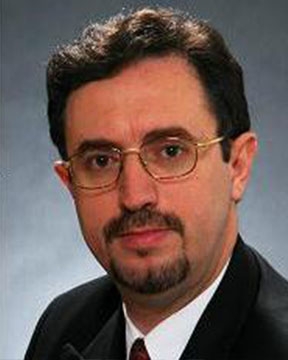
Dr. Florian
KongoliCEO/President
FLOGEN TechnologiesCanada,
[Bio]
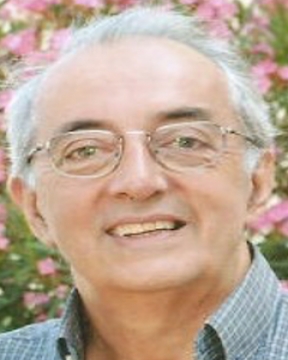
Dr. Anastassios
BountisEmeritus Professor
U. of PatrasGreece,
[Bio]
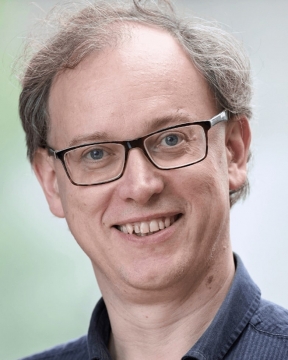
Dr. Mark
JohnsonProfessor
U. of ManchesterUK,
[Bio]
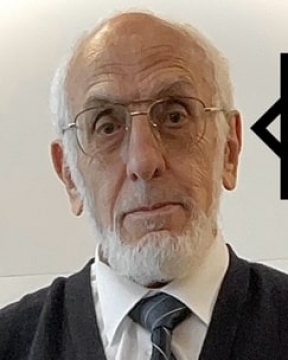
Dr. Sabah
KaramChief Research Officer
Duality Science AcademyUSA,
[Bio]
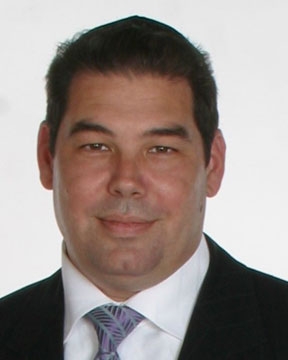
Dr. Pinchas Mandell
Chairman & Professor
Family of Israel Foundation
Israel
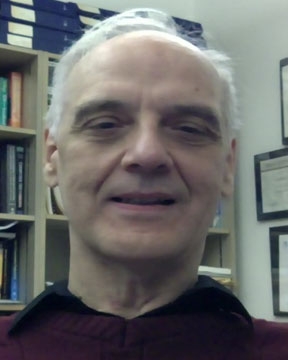
Mr. Mike
MikalajunasCIMECanada,
[Bio]
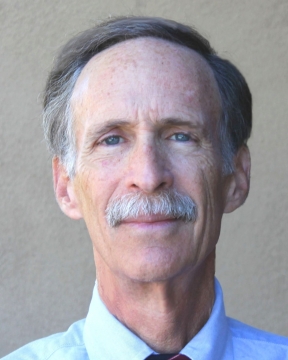
Dr. William
MillerProfessor
Bioverse FoundationUSA,
[Bio]
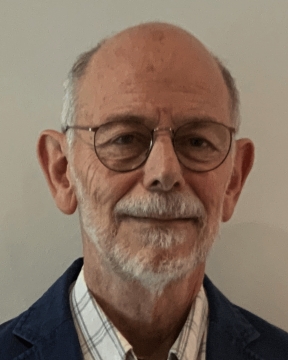
Dr. Garnet Ord
Professor
Toronto Metropolitan U.
Canada

Dr. Peter
RowlandsResearch Fellow
U. of LiverpoolUK,
[Bio]
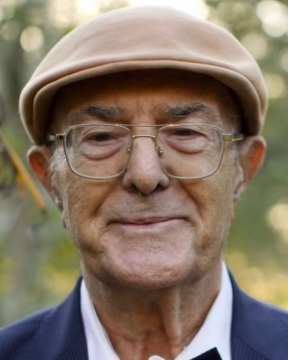
Sir Prof. Ruggero Maria
SantilliChief Scientist
The Inst. for Basic ResearchUSA,
[Bio]
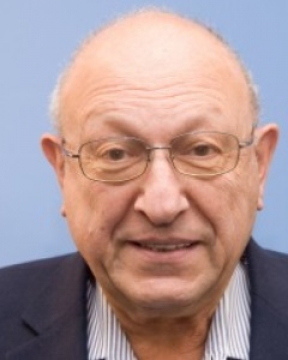
Dr. Ephraim
SuhirProfessor
Bell Laboratories, Murray Hill, NJUSA,
[Bio]
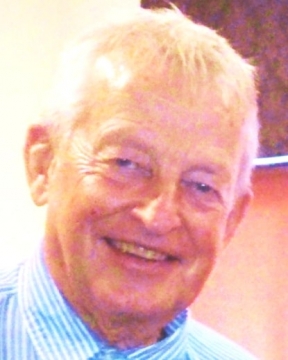
Dr. Erik
TrellProfessor
Linkoping U.Sweden,
[Bio]
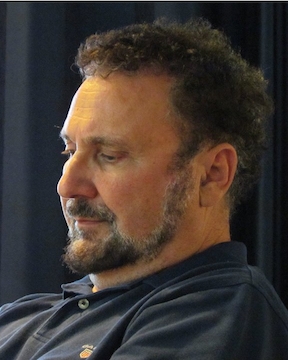
Dr. Thomas
VougiouklisEmeritus Professor
Democritus U. of ThraceGreece,
[Bio] 














